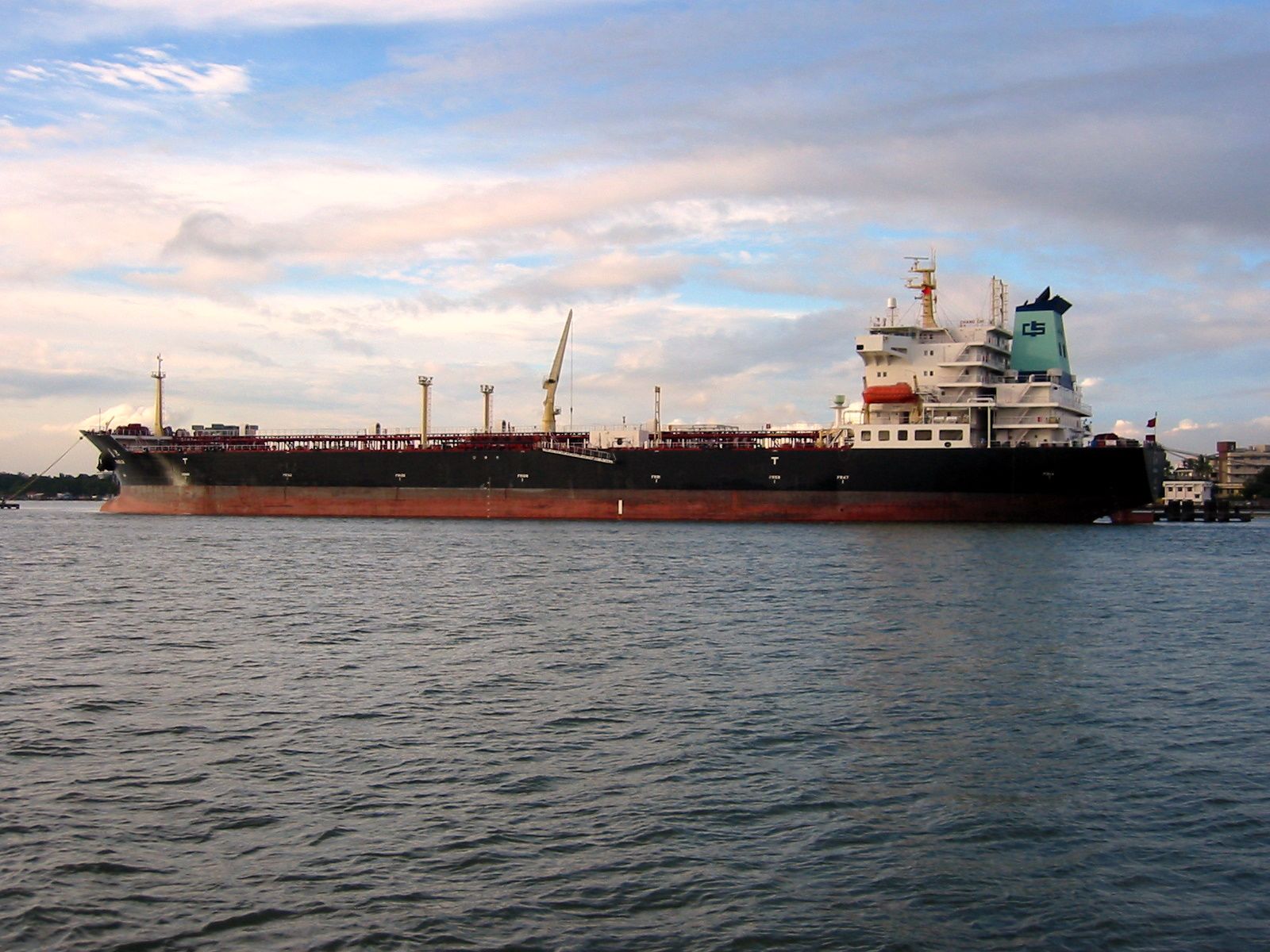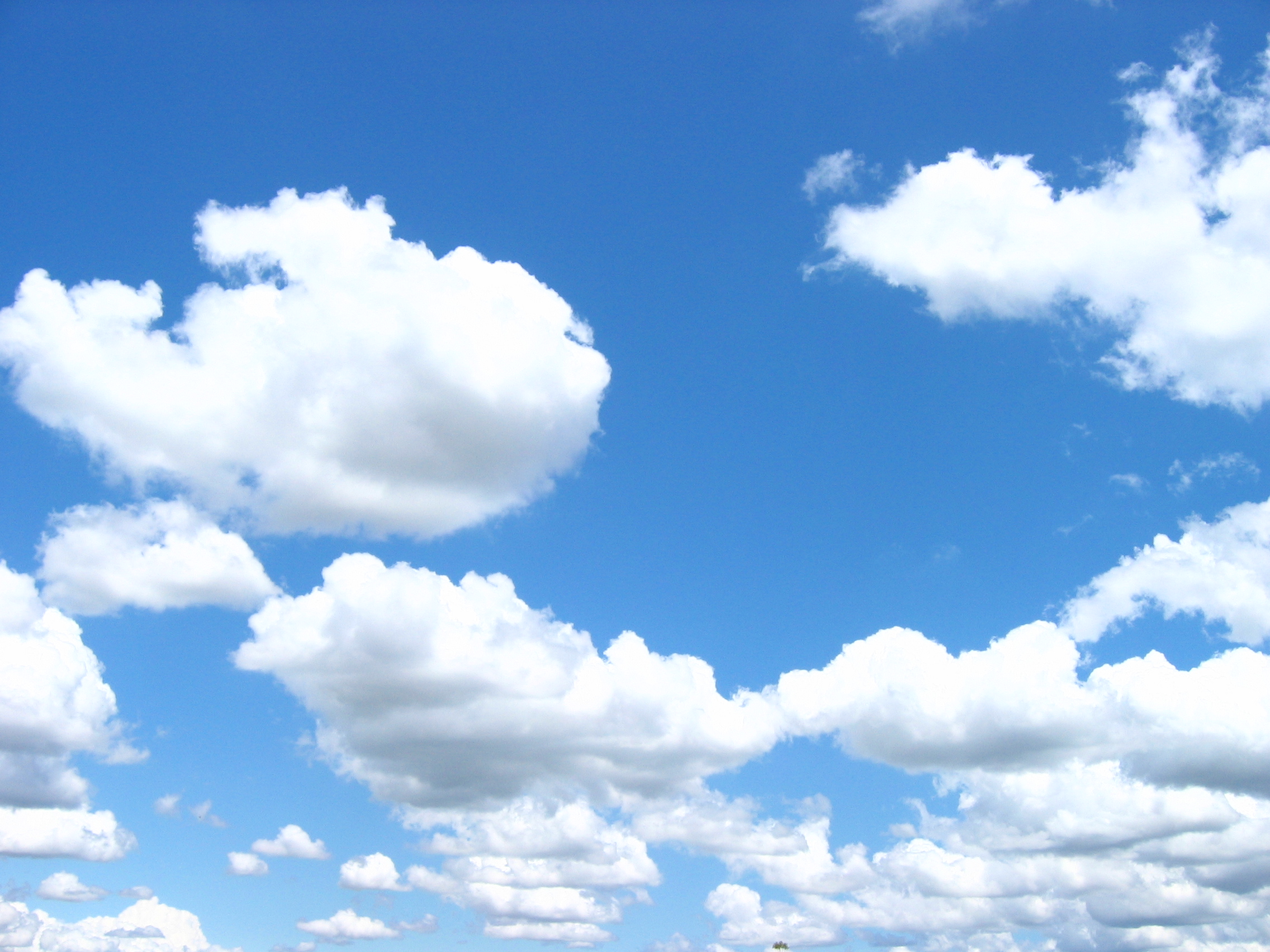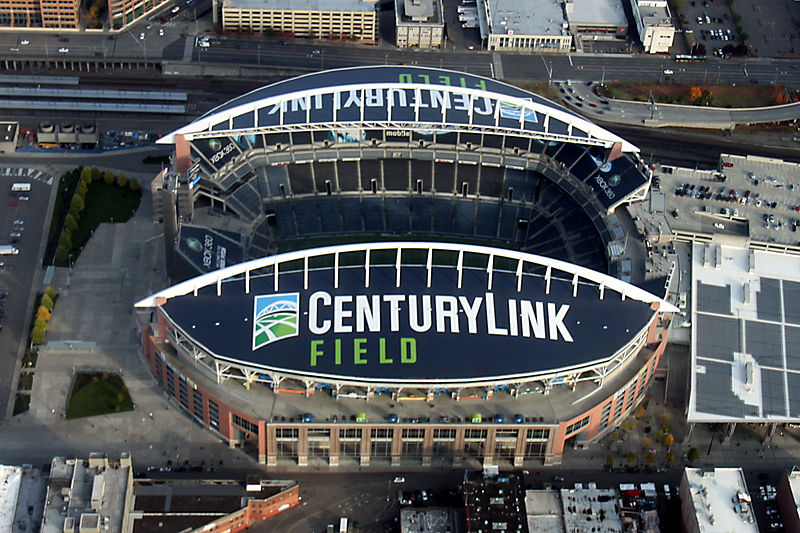A soils lab that schedules fieldwork to minimize car trips, reuses sampling containers and recycles soils and leftover plant material has achieved the highest score yet in the University of Washington’s 10-month-old Green Laboratory Certification Program. With an overall score of 95 percent, Tom DeLuca’s environmental and forest sciences lab has just topped the 93 percent previously earned by a UW Bothell chemistry instructional lab.
Read more »New research finds that the effects of spilling oil sands into waters is not well known
A report prepared by the School of Marine and Environmental Affairs’ Dr. Robert Pavia and other researchers, for NOAA’s emergency response division, say it is unclear whether diluted bitumen will float in water and for how long the molasses-like mixture will remain at the surface. Learn more about the science and potential impacts of oilsands spills in rivers or coastal areas at this Calgary Herald story.
Read more »Oceanographers out to study giant waves and to shrink styrofoam heads
Oceanographers from the University of Washington’s Applied Physics Laboratory are in Samoa for six weeks. Before leaving shore last week the researchers blogged about an outreach event in which they helped Samoan children decorate foam busts that they will send 3 miles below the ocean’s surface and bring back as shrunken heads.
Read more »Climate change and clouds: big challenges and new insights
For scientists studying the climate, clouds are tricky. They are hard to measure, and hard to model. Additionally, the recorded data about clouds only goes back to the 70’s and 80’s, except for the journals from old ships. The effects of clouds on climate change is complicated even more by dust, pollution, smoke, and other tiny particles in the air – aerosols – which interact with clouds, and climate, in a significant and complicated way.
Read more »UW seismologists expand stadium monitoring for NFC championship game
The Pacific Northwest Seismic Network installed a third seismograph at CenturyLink Field this week in the wake of the Seattle Seahawks win over the New Orleans Saints last weekend that provided a trial by fire of the network’s website and new monitoring tools. Before last weekend’s game, network scientists set up two near real-time seismic monitors at CenturyLink to augment data from a third seismograph about a block away.
Read more »





